Feasibility
The conceptual foundations that drive our research, from relevance to logical design processes.
1890
Microalgae First Found
Microalgae were first discovered as microscopic photosynthetic organisms with a well-defined nucleus, identified as Chlorella vulgaris by Dutch microbiologist Martinus Willem Beijerinck. The name 'Chlorella' derives from the Greek 'chloros' meaning 'green' and the Latin suffix '-ella' indicating its small size.
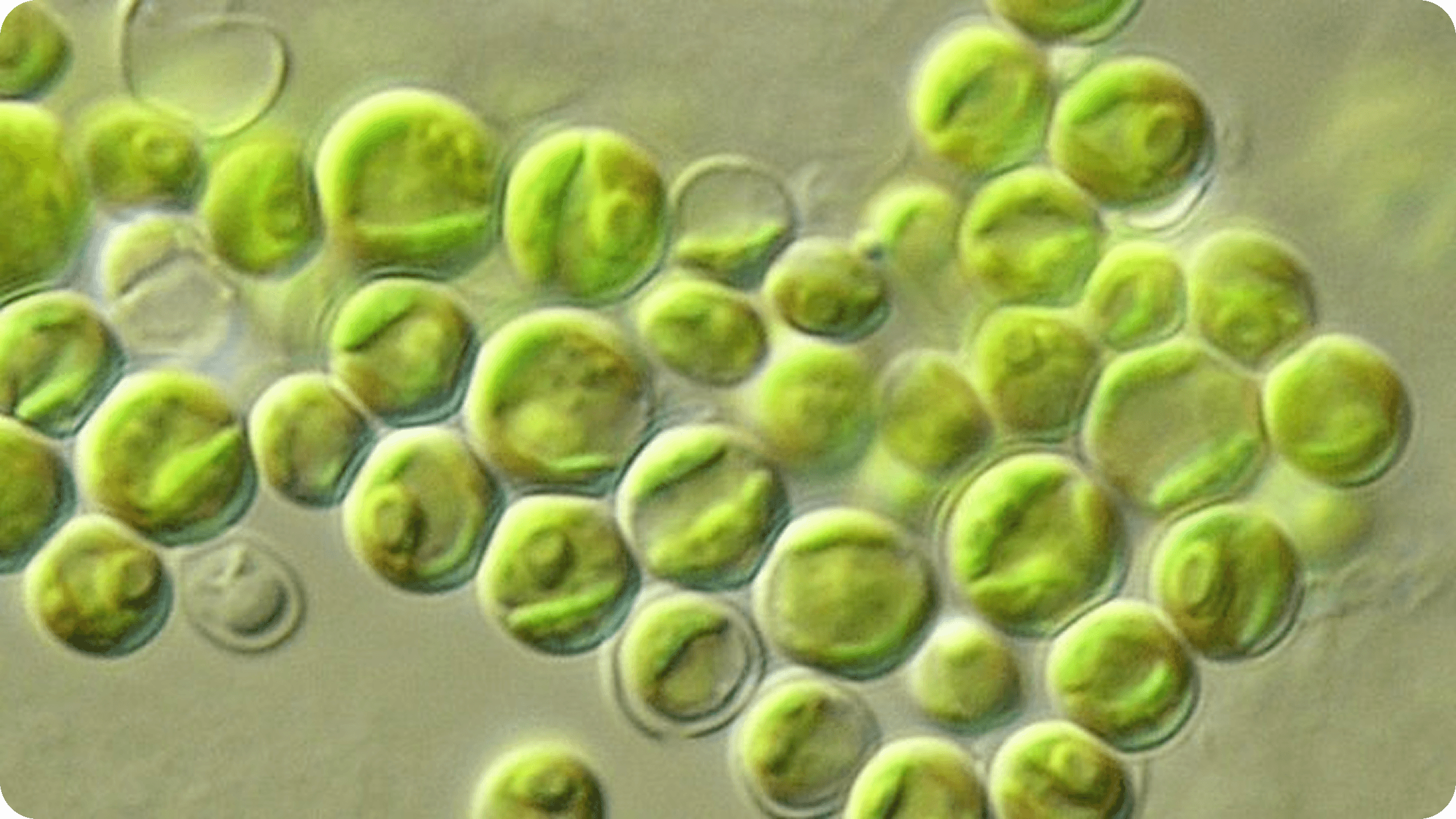
Source: (Fakhri et al., 2021; Sudanese RedaKleavan Nielsen research, n.d.)
1890
Microalgae First Found
Microalgae were first discovered as microscopic photosynthetic organisms with a well-defined nucleus, identified as Chlorella vulgaris by Dutch microbiologist Martinus Willem Beijerinck. The name 'Chlorella' derives from the Greek 'chloros' meaning 'green' and the Latin suffix '-ella' indicating its small size.

Source: (Fakhri et al., 2021; Sudanese RedaKleavan Nielsen research, n.d.)
1891
Immunotherapy first found
Immunotherapy was first found as a concept in the late 19th century when Dr. William B. Coley, known as the Father of Immunotherapy, observed that some cancer patients experienced remission after contracting bacterial infections (Streptococcus pyogenes and Serratia marcescens).
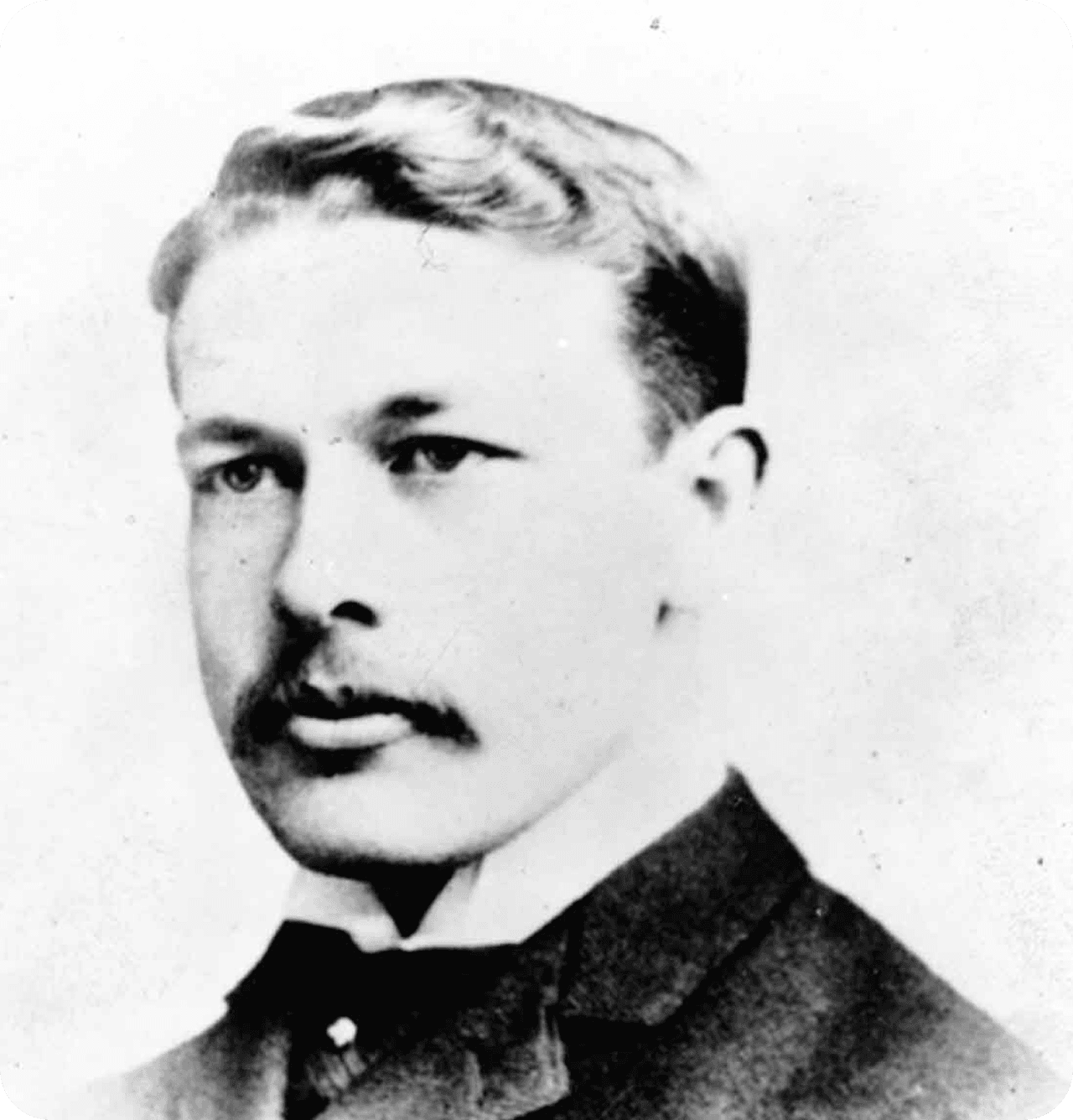
Source: (Ipostsure, 2023)
1891
Immunotherapy first found
Immunotherapy was first found as a concept in the late 19th century when Dr. William B. Coley, known as the Father of Immunotherapy, observed that some cancer patients experienced remission after contracting bacterial infections (Streptococcus pyogenes and Serratia marcescens).

Source: (Ipostsure, 2023)
1961
Logic Gate Circuit in Biology
Logic gate circuits in biology were first conceptualized by François Jacob and Jacques Monod in 1961, which works as a biological 'switch'. These biological circuits enable cells to perform logical operations and make decisions based on specific molecular inputs.
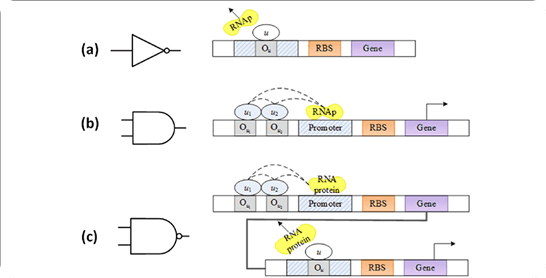
Source: (Yin et al., 2018)
1961
Logic Gate Circuit in Biology
Logic gate circuits in biology were first conceptualized by François Jacob and Jacques Monod in 1961, which works as a biological 'switch'. These biological circuits enable cells to perform logical operations and make decisions based on specific molecular inputs.

Source: (Yin et al., 2018)
1990
First approved immunotherapy commercial drug
The first approved immunotherapy drug was Bacillus Calmette-Guérin (BCG), approved in 1990 for non-invasive bladder cancer. BCG stimulates the immune system to attack cancer cells. Another early approved immunotherapy was Interferon-alfa-2 (IFN-α-2) in 1986.
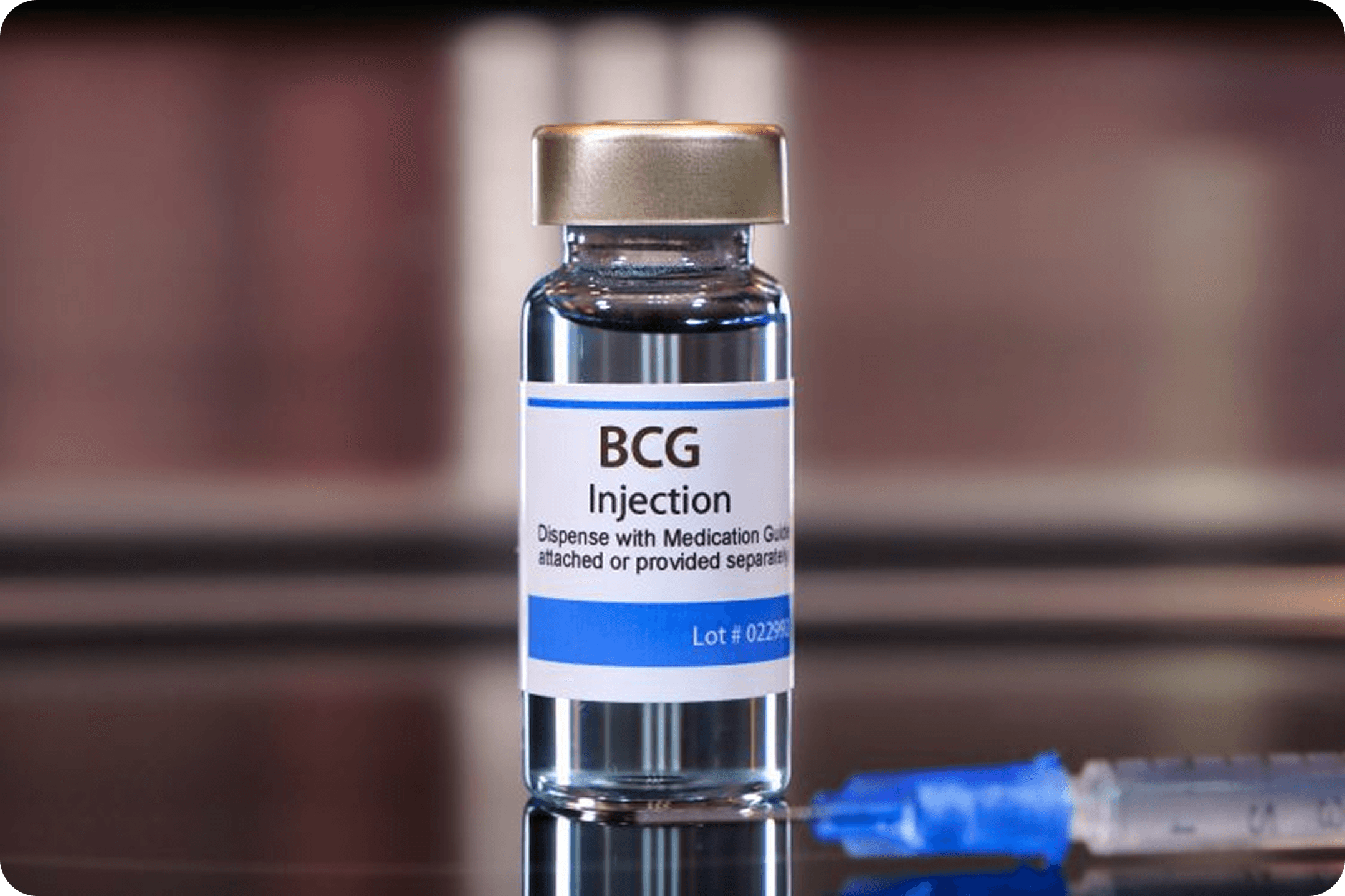
Source: (Markus, 2020)
1990
First approved immunotherapy commercial drug
The first approved immunotherapy drug was Bacillus Calmette-Guérin (BCG), approved in 1990 for non-invasive bladder cancer. BCG stimulates the immune system to attack cancer cells. Another early approved immunotherapy was Interferon-alfa-2 (IFN-α-2) in 1986.

Source: (Markus, 2020)
2000
Modern Chemotherapy
Antibody-drug conjugates (ADCs) were conceptualized a century ago by Paul Ehrlich as a “magic bullet” combining targeted antibodies with potent cytotoxic drugs. The first ADC, Gemtuzumab ozogamicin, was approved in 2000 for acute myeloid leukemia.
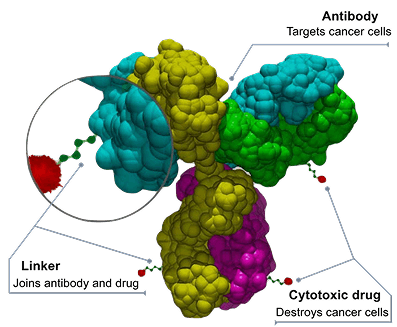
Schematic structure of an antibody-drug conjugate (ADC). Source: (Sudha, 2023; Dean, 2023).
2000
Modern Chemotherapy
Antibody-drug conjugates (ADCs) were conceptualized a century ago by Paul Ehrlich as a “magic bullet” combining targeted antibodies with potent cytotoxic drugs. The first ADC, Gemtuzumab ozogamicin, was approved in 2000 for acute myeloid leukemia.

Schematic structure of an antibody-drug conjugate (ADC). Source: (Sudha, 2023; Dean, 2023).
NOW
Recent Microalgae advancement as Biomedic
Recent advances show microalgae's promise in biomedicine due to their rich bioactive compounds, biocompatibility, rapid growth, and sustainable production. They are explored for drug delivery, bio-imaging, and as therapeutic agents themselves.
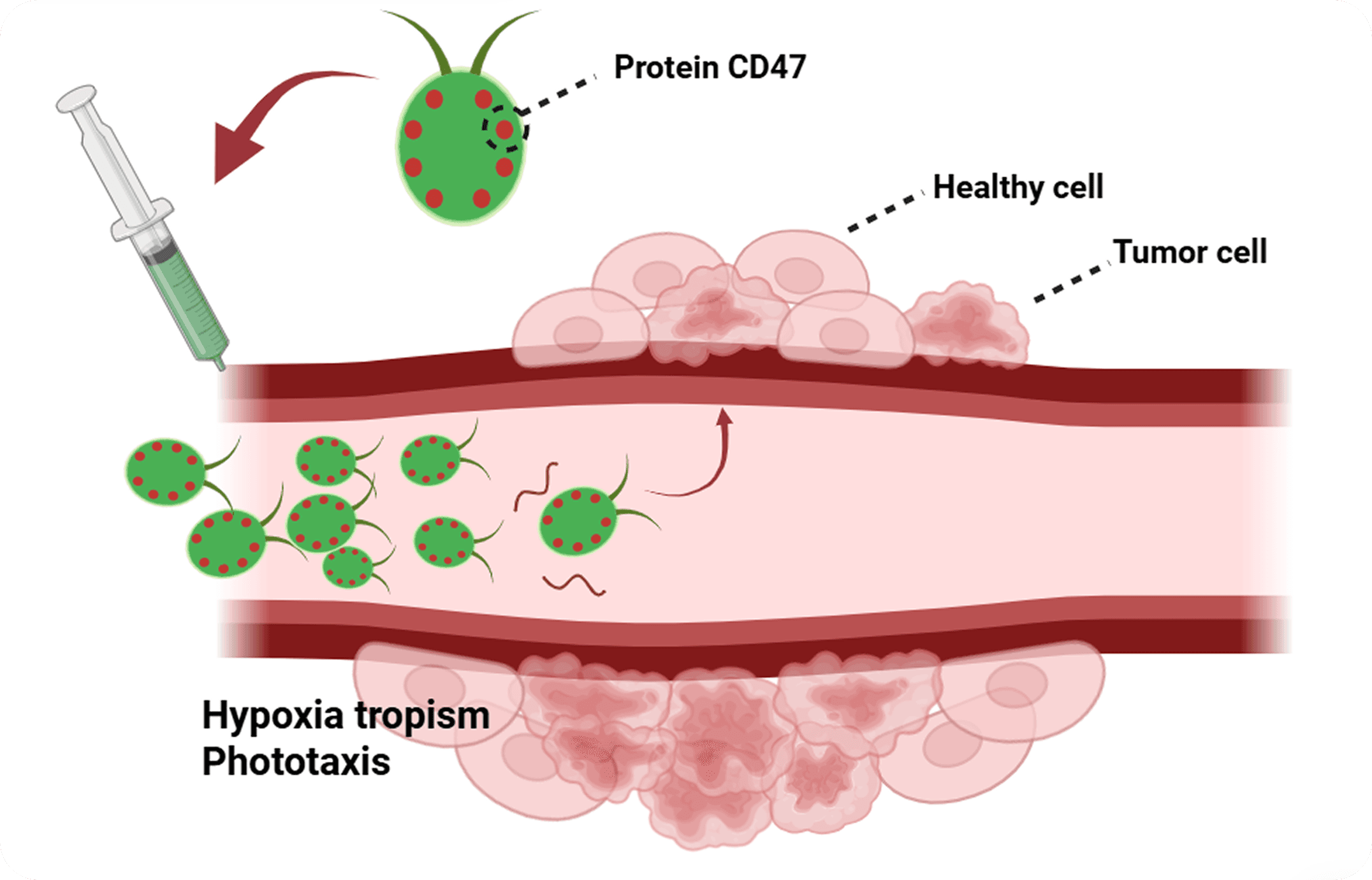
Microalga for Biomedicine. Source: Personal Documentation, 2023
NOW
Recent Microalgae advancement as Biomedic
Recent advances show microalgae's promise in biomedicine due to their rich bioactive compounds, biocompatibility, rapid growth, and sustainable production. They are explored for drug delivery, bio-imaging, and as therapeutic agents themselves.

Microalga for Biomedicine. Source: Personal Documentation, 2023
Future
Ethical, Legal, and Social Challenges
Ethical challenges in microalgae-based biomedicine include public acceptance, limited regulatory pathways, environmental impact, and equitable access. These issues must be addressed to ensure responsible innovation.
Technical Challenges
Microalgae face technical hurdles such as precise control over protein expression, targeted delivery, migration, stability in vivo, and potential immunogenicity. Overcoming these is key to their biomedical success.
Clinical Trial
Microalgae use in preclinical or biomedical stages is still limited. Significant hurdles in clinical translation and regulatory approval must be overcome, including demonstrating safety, efficacy, and consistent manufacturing standards.